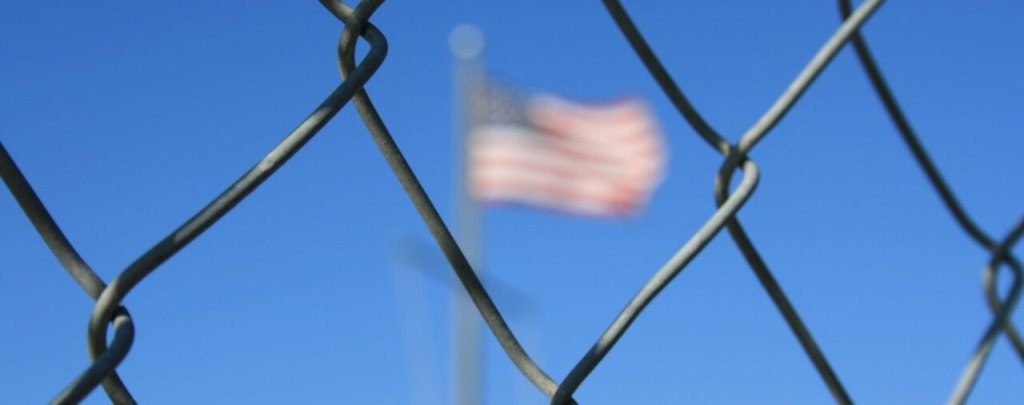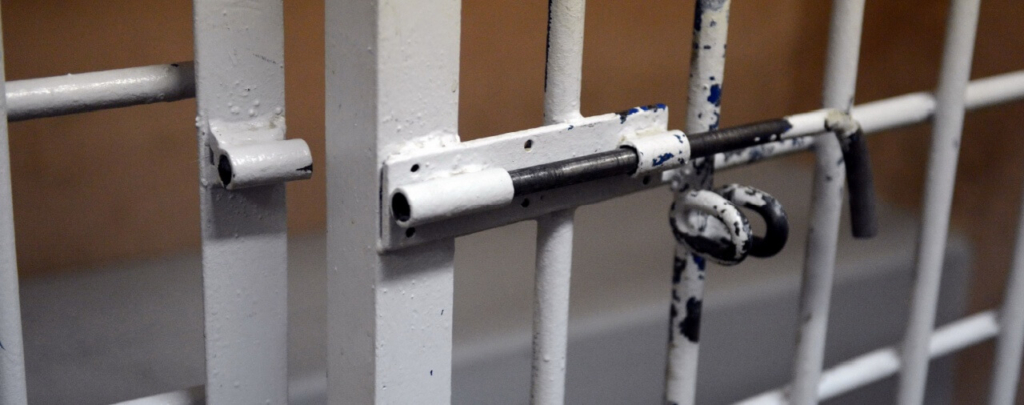On April 3, 2018, Sophia Yan of the Associated Press published an interesting report on the future of the Commonwealth of the Northern Mariana Islands-Only (CW1) Transitional Worker visa program.1
The CW1 visa program is a special temporary nonimmigrant work visa program that applies only to the Northern Mariana Islands. It is available to certain nonimmigrant workers who are not eligible for one of the regular nonimmigrant categories. The program is gradually being phased out, with a slated expiration at the end of 2019, as the Northern Mariana Islands continues its full transition to the same immigration laws that govern the rest of the United States. We have discussed the impending expiration of the CW1 program in several posts, including here [see blog].
Despite the impending expiration of the CW1 program, which has been long known, the program remains popular with many Northern Mariana Islands employers. For example, the AP report notes that CW1 workers “fill[] 80 percent of all construction and hospitality jobs” on the islands. For this reason, some fear that the reduction in CW1 visas in fiscal year 2019 [see blog] and the impending expiration of the program will cause a labor shortage for many CW1-dependent industries. The AP report explains that this was originally due to the fact that employers could pay CW1 workers at well below the Federal minimum wage; however, that benefit is being abrogated by the gradual raising of the minimum wage in the Northern Mariana Islands to match the Federal level.
On April 27, 2017, the Government Accountability Office (GAO) estimated that if all CW1 workers had been removed from the labor market of the Northern Mariana Islands in 2015, the Islands would have faced “a 26 to 62 percent reduction in … [its] 2015 gross domestic product…” [PDF version]. The GAO report suggested that, in order to make up for the elimination of the program at the end of 2019, employers in the Northern Mariana Islands “may need to recruit U.S. eligible workers from the U.S. states, U.S. territories, and the freely associated states…” However, Bruce Mailman, an attorney in the Northern Mariana Islands, is quoted by the AP as stating that it is difficult for employers to entice workers from the United States mainland to work in the Northern Mariana Islands due to the lower pay and its great distance from the continental United States.
There are efforts to save the CW1 program in Congress. Gregoria Sabian, the Northern Mariana Islands’ non-voting delegate to the U.S. House of Representatives, has warned of the potential damage that the expiration of the CW1 program could do to the economy of the Northern Mariana Islands. Senator Lisa Murkowski of Alaska has proposed legislation to extend the CW1 program for an additional decade, while both increasing the number of CW1 visas and increasing vetting and oversight of the program. Interestingly, the AP story explains that concerns about the integrity of the program may ultimately thwart efforts to extend it. The CW1 program has been prone to fraud. We discussed one specific CW1 fraud scheme in a recent blog post [see blog]. The report notes several other examples of fraud, including Chinese companies reaching a $14 million dollar settlement with U.S. labor authorities for exploiting a visa waiver loophole and multiple convictions in a scheme to defraud foreigners “by promising them U.S. jobs and green cards in exchange for cash.”
It remains unclear whether the CW1 program will be extended. In the meantime, some companies are making contingency plans. One available option may be to attempt to file H1B or H2B petitions for qualifying workers and positions that may now be CW1, a path being undertaken by Hong Electric Enterprises, which is quoted in the article as stating: “We cannot afford to lose key personnel.” Notably, Guam and the Northern Mariana Islands are exempt from the H1B cap and H2B cap until December 31, 2019, due to the labor shortages on the islands [PDF version]. However, a job offer and worker must otherwise meet the H1B and H2B requirements, which differ from the CW1 requirements.
Although the CW1 program is limited, it has reached a significant number of nonimmigrants even relative to the many better-known and more broadly-applicable nonimmigrant visa programs. The decision whether to extend it or allow it to expire will not only affect many businesses in the Northern Mariana Islands but also the many individuals who have been working for many years under the program. The issue will be well worth watching going forward both for that point and for monitoring the Northern Mariana Islands’ transition to regular U.S. immigration laws. Businesses and CW1 beneficiaries should consult with an experienced immigration attorney for case-specific guidance on their specific situations, alternative options, and new developments regarding the CW1 program.





